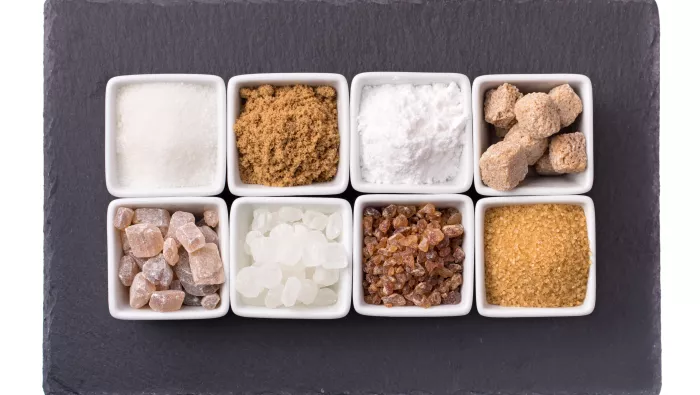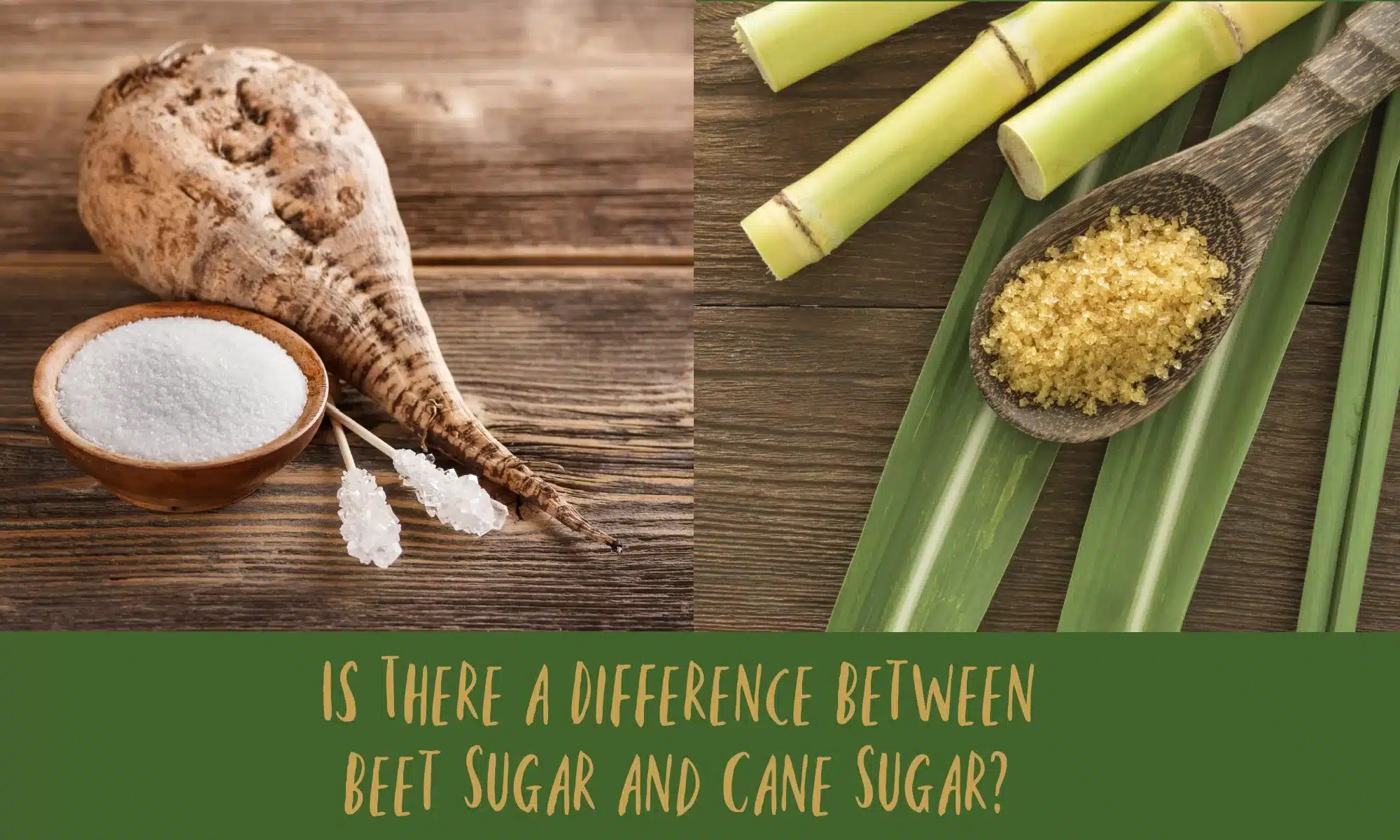Beet Sugar vs Cane: What’s the Difference in Production and Refining?
Discovering Beet Sugar Vs Cane: Nutritional Perks and Culinary Makes Use Of
The contrast in between beetroot sugar and cane sugar prolongs beyond mere preference and texture, disclosing intricate nutritional profiles and culinary applications that merit cautious evaluation. While both sugars share an usual foundation in sucrose, their distinctive characteristics can influence not just wellness considerations but additionally the outcomes of different dishes. Recognizing these differences can aid in making informed choices for both nutritional requirements and cooking preferences. As we check out the nuances of these two sugars, it becomes clear that the implications of their usage are much more extensive than one might at first assume.
Introduction of Beetroot Sugar
Although both beet sugar and cane sugar serve similar features in culinary applications, beet sugar is derived especially from the sugar beet plant (Beta vulgaris), an origin vegetable grown in pleasant environments. This process starts with the harvesting of sugar beets, which are after that cleaned, sliced, and based on removal methods to generate sugar-rich juice (beet sugar vs cane). The juice undergoes purification and formation, resulting in the granulated sugar frequently made use of in houses and industries
Nutritionally, beet sugar is chemically similar to walking cane sugar, both primarily including sucrose. Beet sugar manufacturing has a tendency to have a lower ecological effect, as sugar beetroots require much less water and can be expanded in varied agricultural conditions. Additionally, the growing of sugar beets can add to crop turning practices, boosting dirt health and wellness.
Beetroot sugar often has trace amounts of vitamins and minerals, including calcium and potassium, although these are minimal in normal intake. In food preparation and baking, beetroot sugar executes equivalently to its cane equivalent, making it a versatile sweetener. Its neutral taste profile enables it to be flawlessly incorporated into various recipes without modifying the designated taste of the end product.
Introduction of Walking Cane Sugar
Walking stick sugar, originated from the sugarcane plant (Saccharum officinarum), represents about 70% of international sugar production. This versatile sweetener is cultivated in tropical and subtropical regions, with major manufacturers including Brazil, India, and China. The extraction process includes crushing the sugarcane stalks to release the juice, which is then clarified, evaporated, and crystallized to produce raw walking cane sugar.
Cane sugar is identified by its fine, white granules and is frequently located in both powdered and granulated forms. Its flavor profile is often referred to as clean and pleasant, making it suitable for a variety of culinary applications, from baking and cooking to sweetening drinks.
Along with its culinary usages, walking stick sugar additionally serves as a preservative in jams and jellies, along with a fermentation agent in the production of liquors. The sugar is usually processed right into various items, including molasses, brown sugar, and fluid sugar, each offering special qualities that can boost different dishes. On the whole, walking cane sugar stays an essential active ingredient in cooking areas worldwide, emphasizing its significance in both cooking customs and contemporary gastronomy.
Nutritional Comparison
When comparing beet sugar and walking cane sugar, it is necessary to assess their dietary profiles to comprehend their influence on wellness. Both kinds of sugar are mostly composed of sucrose, which is a disaccharide composed of sugar and fructose. This suggests that, in regards to calorie content, they are virtually the same, offering about 16 calories per teaspoon.
Nonetheless, there are refined distinctions in their processing and mineral material. Beetroot sugar is often processed utilizing bone char, which might not be ideal for vegans and vegetarians, while walking stick sugar can be much more straight refined. In regards to trace element, walking stick sugar may keep slightly a lot more magnesium, potassium, and calcium because of less considerable handling, though these amounts are negligible compared to everyday advised consumption.
Furthermore, both sugars add to the very same health risks when consumed in extreme quantities, such as obesity, type 2 diabetic issues, and oral concerns. Ultimately, the choice in between beet and walking cane sugar may hinge a lot more on individual choice or nutritional restrictions as opposed to substantial distinctions in dietary value. Recognizing these subtleties can assist customers in making educated nutritional choices.

Culinary Utilizes of Beet Sugar
Beetroot sugar, a functional sweetener originated from sugar beets, finds numerous applications in culinary practices - beet sugar vs cane. Its improved crystals liquify conveniently, making it an ideal active ingredient for baking, food preparation, and beverage prep work. In the world of cooking, beet sugar contributes to moisture retention and browning, enhancing the appearance and official website taste of cookies, cakes, and breads
Furthermore, its neutral flavor profile enables it to mix effortlessly right into different recipes without subduing various other active ingredients, making it ideal for both savory and sweet recipes. Beet sugar can also be used in dressings, sauces, and marinades, where it stabilizes acidity and enhances the overall taste.
In drinks, beetroot sugar is typically made use of to sweeten tea, coffee, and cocktails, providing a constant sweet taste that enhances diverse flavor accounts (beet sugar vs cane). Furthermore, it offers as a preservative in jellies and jams, making sure a secure product with boosted service life
Culinary Use Walking Stick Sugar
Sweetness is an essential facet of several cooking creations, and walking cane sugar plays a vital role in achieving that balance. Its special chemical structure enables it to liquify quickly, making it ideal for a selection of applications, from cooking to beverages. Walking cane sugar boosts tastes in treats, giving the sweet taste essential for cookies, pastries, and cakes. It not only adds to taste however also impacts appearance; as an example, it helps in wetness retention, leading to softer baked products.
In tasty recipes, walking stick sugar can balance level of acidity and anger, boosting the overall flavor account. It is generally made use of in sauces and sauces, where it aids to develop a harmonious mix of sweet, salted, and umami notes. In addition, cane sugar is a key component in maintaining fruits, as it serves as a natural chemical, preventing microbial growth.
In beverages, walking cane sugar is typically chosen for sweetening cocktails, teas, and sodas, permitting for a tidy, pure sweet taste. Its versatility makes it a staple in both home kitchen areas and expert culinary settings, showcasing its significance in attaining cooking excellence.
Verdict

The comparison in between beetroot sugar and walking cane sugar expands beyond mere preference and texture, exposing elaborate nutritional profiles and culinary applications that warrant cautious examination.Although both beetroot sugar and walking cane sugar offer similar functions in cooking applications, beetroot have a peek at these guys sugar is obtained particularly from the sugar beet plant (Beta vulgaris), a root vegetable grown in pleasant read more environments. Beetroot sugar manufacturing often tends to have a lower environmental impact, as sugar beetroots call for less water and can be grown in diverse farming problems. The sugar is commonly refined right into numerous products, including molasses, brownish sugar, and liquid sugar, each offering distinct qualities that can enhance various recipes.Beetroot sugar, a flexible sweetener derived from sugar beets, discovers many applications in culinary techniques.